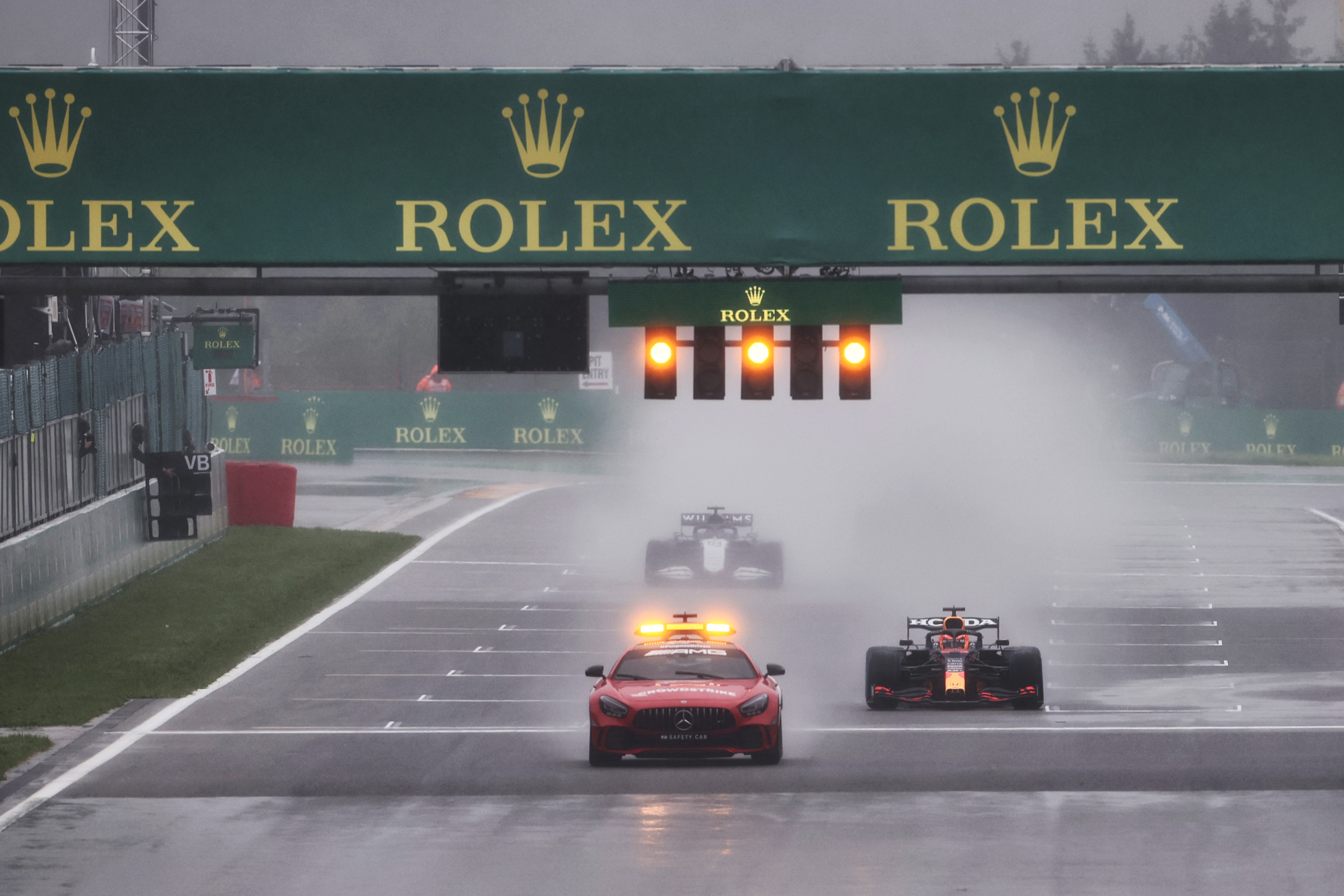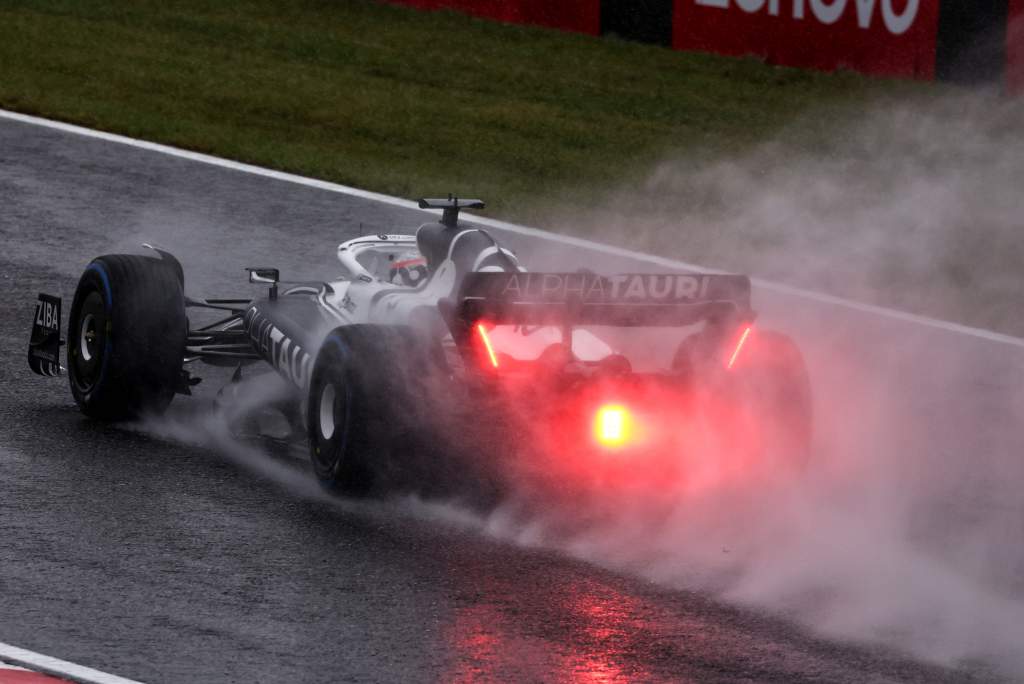Up Next

The FIA says it has identified the “procedural issues” that went wrong during Formula 1’s Japanese Grand Prix and will make its findings public in the coming days.
Though that announcement, made within its press release outlining decisions from today’s World Motor Sport Council meeting in London, did not specify exactly what events at Suzuka it was referring to, the race featured a major safety controversy at the start and then a confusing finish that left doubt over whether Max Verstappen had sealed the 2022 title or not.
“As stated immediately after the race, the FIA has undertaken a thorough analysis of the incidents which took place at the Japanese Grand Prix in Suzuka,” said the FIA statement.
“Procedural issues have been identified and will be corrected in the short and medium term. The findings will be made public in the coming days.”
AlphaTauri driver Pierre Gasly was enraged after encountering a recovery truck on the track just as the race was red-flagged amid the early downpour and following Carlos Sainz’s heavy crash.
It prompted painful memories of the death of Jules Bianchi as a consequence of his impact with a recovery tractor in the 2014 Japanese GP.
“We lost Jules eight years ago in similar conditions with a crane on track in the gravel,” Gasly said.
“I don’t understand how eight years [later] in similar conditions, we can still see a crane, not even in the gravel but on the racing line.
“Not respectful towards Jules, his family and his loved ones, and all of us.
“It was a dramatic incident and on that day, we learned that we don’t want to see any tractors in these kind of conditions.
“If I’d have lost the car in a similar way to Carlos lost it the lap before, I was doing 200km/h – but that’s not even the matter, if I was doing 100km/h, [and came across a] 12-tonne crane, if I hit it, I would be dead right now.”
Gasly was trying to catch up to the pack under safety car conditions at the time having had to pit for repairs, though he said he was respecting the required laptime delta prior to the red flag coming out.
Initially the FIA only drew attention to Gasly’s speed, summoning him to see the stewards and subsequently penalising him for driving too fast after the red flag.
But it also later announced that it would carry out a full investigation into the recovery vehicle incident, and referenced the “shock” Gasly would have felt at passing it as a mitigating factor when imposing his penalty.
The confusion at the finish regarded the new-for-2022 provision of varying levels of reduced points allocations for shortened races.
Teams were working on the basis that this would apply, meaning Verstappen was not expected to extend his points advantage over Charles Leclerc and Sergio Perez enough to win the title in Japan.
But immediately after the race it became clear that full points would be awarded because the wording of the rule around the reduced allocations was phrased as applying if a race was stopped and “cannot be resumed”. In the case of the Japanese GP, it was stopped, resumed and then halted due to the time limit running out – a scenario that was not accounted for in the rules wording.
A full points score meant Verstappen was able to clinch the title, albeit only when Leclerc’s post-race penalty for how he rejoined after his last-lap chicane error was applied.
The points rule had been introduced in response to the furore over the 2021 Belgian GP, where half-points were awarded for a race that was officially only one lap long and entirely behind the safety car.

Even Red Bull team principal Christian Horner admitted that the rule wording that had allowed his driver to win the title in Japan was clearly an error.
“When you read the regulations, what I think was supposed to be fixed following Spa is unspecified in the regs,” said Horner.
“It’s a mistake, after the issues in Spa last year, that the regulations obviously haven’t been mopped up.
“But in the end, Checo’s move on Charles nailed Max the championship so you can see his surprise, and the team’s surprise. But what a wonderful surprise.”
The FIA indicated after Suzuka that it would take swift action to tidy the rules so this situation wasn’t repeated, though there were no changes to the wording in this area among the sporting regulations updates published immediately after the WMSC meeting.
Some teams were also confused by the race finishing on the lap the time limit countdown clock hit zero, having expected there to be one more lap after this.
But the ‘plus one lap’ wording in the rules is only present in the section about races running to the two-hour time limit whereas Suzuka was in the three-hour window that applies to races stopped then restarted.
Though even in this rule, the wording does not quite fit the situation as the sporting regulations refer to three hours being a maximum time – implying 3h00m.000s cannot be exceeded. The Japanese GP was officially 3h01m44.004s long.





